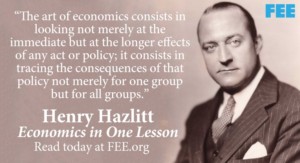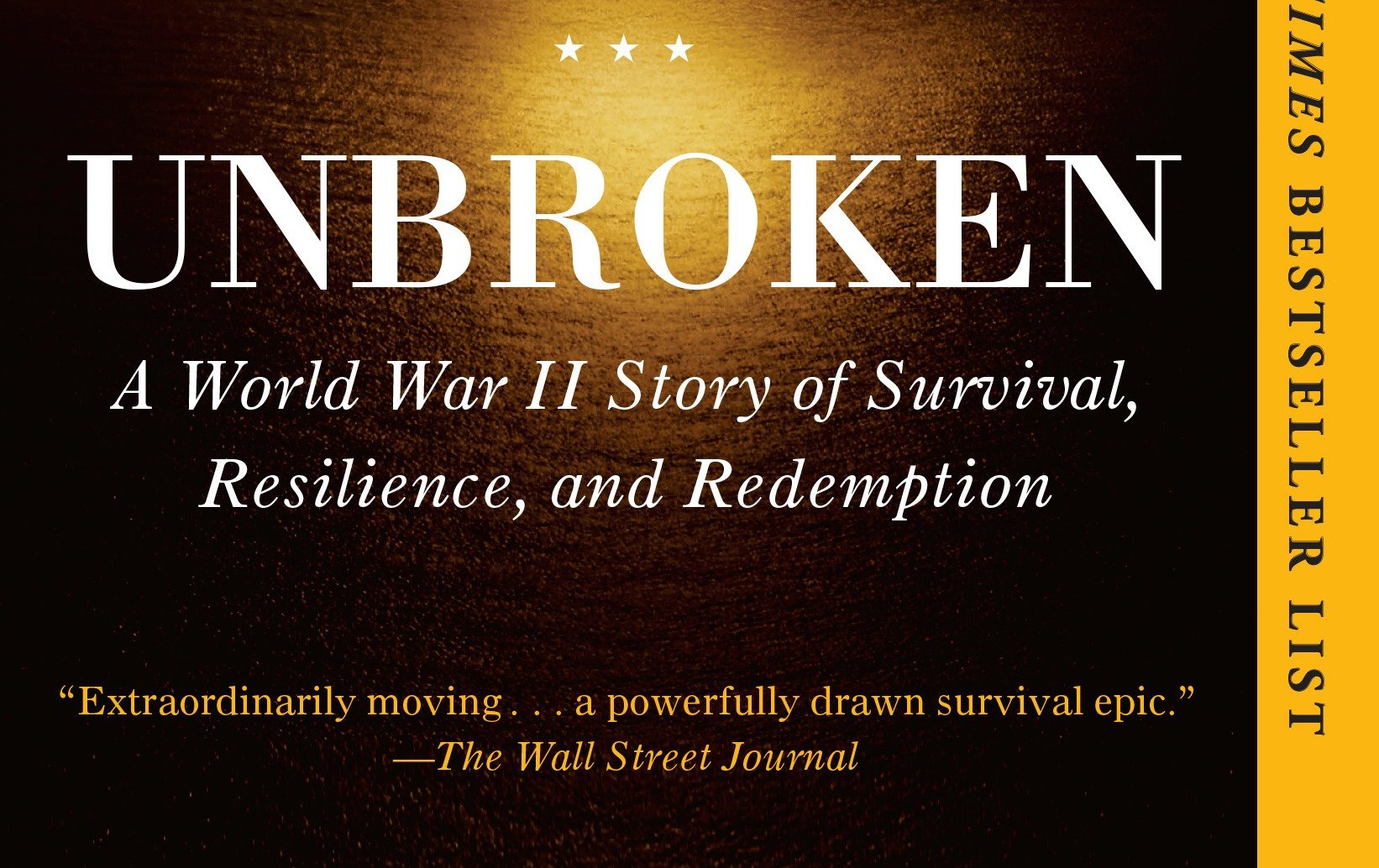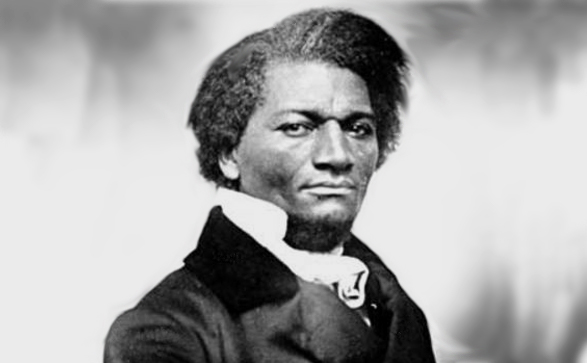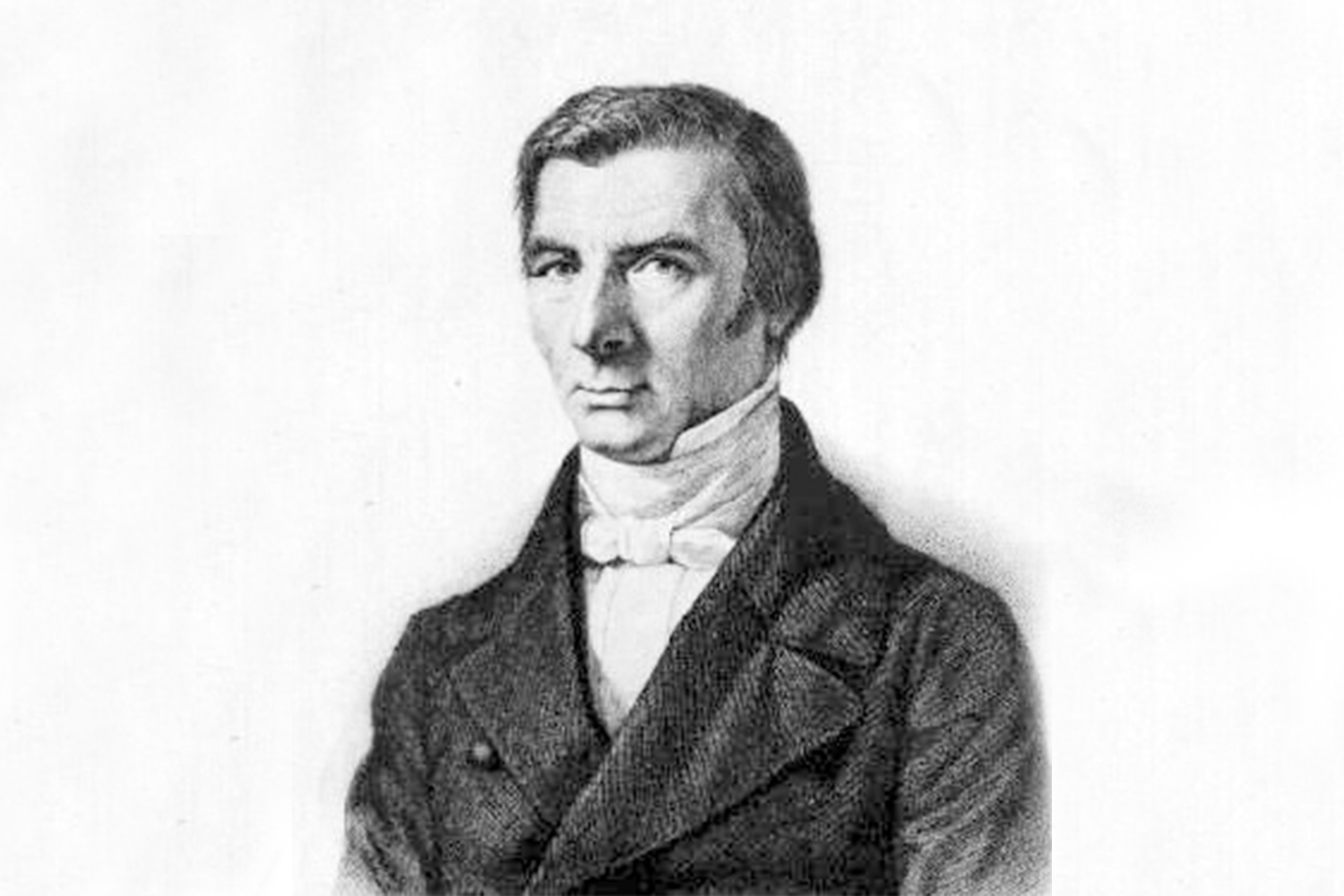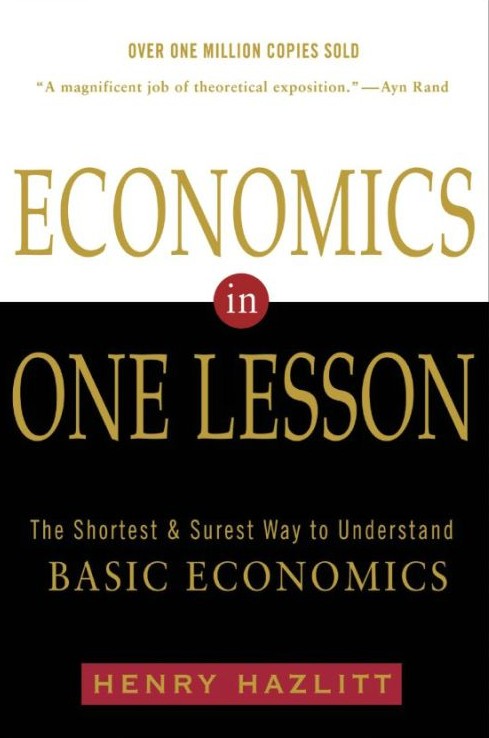
–
If you’re ready to start thinking like an economist, this is the best place to start! The book is appropriately subtitled: “The surest and shortest way to understand basic economics.” Hazlitt wrote his book in clear, logical, and simple prose, with interesting examples. It was through this work, originally published in 1946, that made the broken-window fallacy famous, which teaches us that production, not destruction, produces prosperity. (Don’t get it? Read chapter 2 and then go deeper with this video!) The field of economics is riddled with fallacies and confusion today, and now more than ever, we need young Americans who can respond clearly! Hazlitt is the perfect teacher.
“Practically all government attempts to redistribute wealth and income tend to smother productive incentives and lead toward general impoverishment. It is the proper sphere of government to create and enforce a framework of law that prohibits force and fraud. But it must refrain from specific economic interventions. Government’s main economic function is to encourage and preserve a free market. When Alexander the Great visited the philosopher Diogenes and asked whether he could do anything for him, Diogenes is said to have replied: “Yes, stand a little less between me and the sun.” It is what every citizen is entitled to ask of his government.”
While economics can be an intimidating subject, Henry Hazlitt boils down the complexity to a simple truth: that government intervention in the economy always has unintended consequences, usually bad ones. A policy may have good intentions behind it and help some, but in the long-run, may hurt many others. It is our job to think critically and anticipate those consequences!
Read a FREE PDF COPY HERE from the von Mises Institute.
Purchase a copy from Amazon here.
